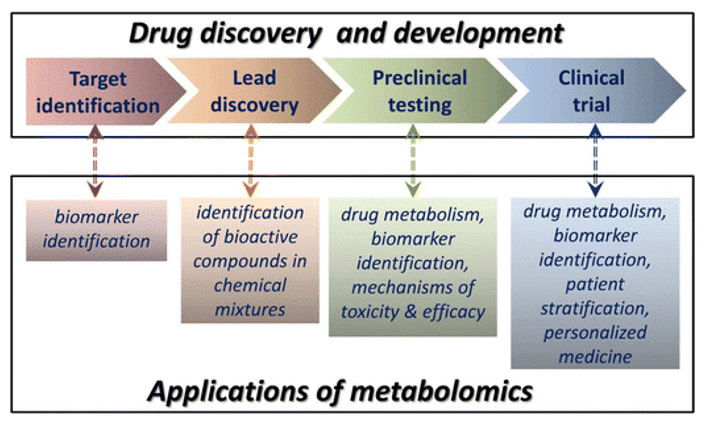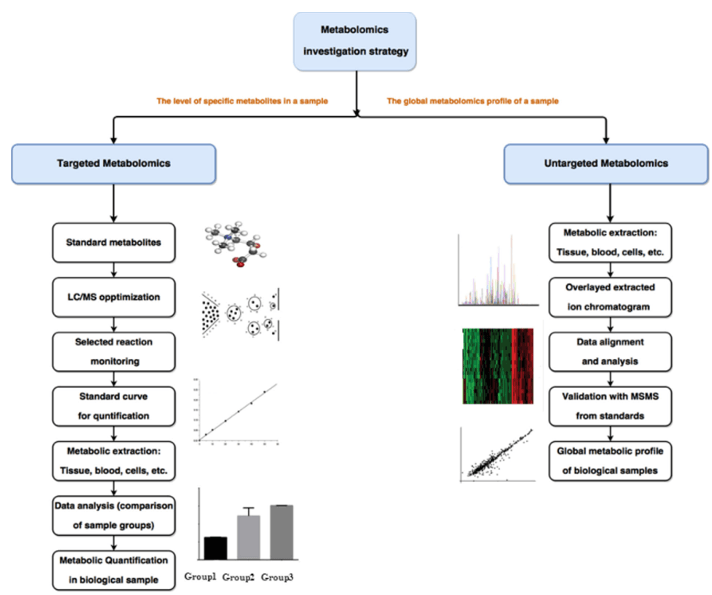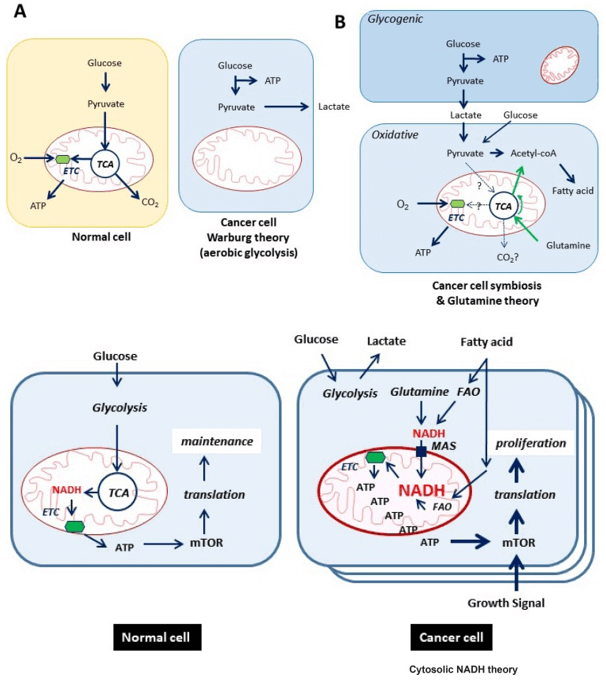Butanoate Metabolism Analysis Service
Submit Your InquiryWhat is Butanoate?
Butanoate is the conventional name for the conjugate base of butyric acid. The formula of the butyrate ion is C4H7O2. The name now is used as part of the name of esters and carboxylate salts of butyric acid. Endogenous butanoate is majorly produced from dietary fibres through bacterial fermentation in gut. Therefore, butanoate plays important roles in regulating colonic inflammation and gut immunological homeostasis. In addition, butanoate can influence on various physiological functions like increasing energy expenditure and reducing adiposity via its metabolites. It would not be surprising that aberrant butanoate metabolism is closely associated with different types of diseases including L-2-hydroxyglutaric aciduria and 3-Hydroxyacyl-CoA dehydrogenase deficiency. Understanding butanoate metabolism related metabolites will contribute to diagnosing these abnormal diseases and identifying potential targets for treatments. As a pioneer in carbohydrate metabolism, Creative Proteomics provides reliable, rapid and cost-effective butanoate metabolism analysis service to speed up diseases diagnosis and gain new insights in disease mechanism or treatment.
Applications of Butanoate Metabolism Analysis
Microbial ecology: Analysis of butyrate metabolism helps researchers understand the metabolic pathways involved in butyrate production and utilization in diverse microbial communities. This information can be used to predict the behavior of microbial communities under different environmental conditions and to develop strategies to manipulate microbial communities for various applications.
Nutrition: Butyrate is an important energy source for gut flora and plays a vital role in maintaining gut health. Butyrate metabolism analysis can provide insight into the metabolic pathways involved in butyrate production and utilization in the gut, helping researchers develop strategies to promote gut health.
Medicine: Butyric acid has been shown to have anti-inflammatory and anticancer properties. Analyzing butyrate can help identify metabolic pathways involved in butyrate production and develop strategies to increase butyrate production for therapeutic purposes.
How Creative Proteomics Supports Butanoate Metabolism Analysis?
Creative Proteomics offers a variety of services to support the analysis of butyrate metabolism, including sample preparation, data acquisition, and data analysis.
Sample Preparation: Prepare samples for analysis using various techniques such as extraction, purification, and derivatization. Aids in the separation of metabolites involved in butyrate metabolism and improves the sensitivity and specificity of the analysis.
Data Acquisition: Advanced analytical tools such as LC-MS and GC-MS are used to acquire high-quality data on butyrate metabolism, providing accurate and reliable information on the metabolic pathways involved in butyrate metabolism.
Data Analysis: Provide customized data analysis and interpretation services. Various software and statistical tools were used to analyze the data and identify metabolites and metabolic pathways involved in butyrate metabolism.
Metabolite identification: Identify metabolites involved in butyrate metabolism and identify unknown metabolites through multiple techniques including accurate mass measurement, fragmentation analysis, and database search.
Metabolite quantification: The metabolites involved in butyric acid metabolism are quantified by various techniques such as targeted metabolomics and absolute quantification, and the concentration of metabolites in butyric acid metabolism is obtained.
 Figure 1. The overall workflow of butanoate metabolism service.
Figure 1. The overall workflow of butanoate metabolism service.
The potential Detectable Butanoate Metabolism related metabolites at Creative Proteomics
| Butanoyl-CoA | Crotonoyl-CoA | Butanal |
| Hydroxybutanoyl-CoA | Acetoacetyl-CoA | Hydroxyglutarate |
| Acetoacetate | Butanoyl-phosphate |
Sample Requirements
We can analyze a wide range of biological materials. If you need transport your samples to us, please follow the below requirements for different kinds of sample:
- Blood/plasma: 500ul/sample
- Urine: 1ml/sample
- Tissue: 200mg/sample
- Cells: 1x107/sample
- Feces: 500mg/sample
- Shipment condition: dry ice
Report Delivery
- Experimental procedures
- Instrumental parameters of HPLC
- The raw data files of HPLC and the summary of HPLC data quality
- Bioinformatics analysis report
References
- Liu Hu, Wang Ji, He Ting, et al. Butyrate: A Double-Edged Sword for Health? Adv Nutr. 2018,9:21-29.
- Rzem Rim, Veiga-da-Cunha Maria, Noël Gaëtane, et al. A gene encoding a putative FAD-dependent L-2-hydroxyglutarate dehydrogenase is mutated in L-2-hydroxyglutaric aciduria. Proc Natl Acad Sci USA. 2004, 101:16849-16854.
- Yang Song-Yu, He Xue-Ying, Schulz Horst. 3-Hydroxyacyl-CoA dehydrogenase and short chain 3-hydroxyacyl-CoA dehydrogenase in human health and disease. FEBS J. 2005, 272:4874-4883.










